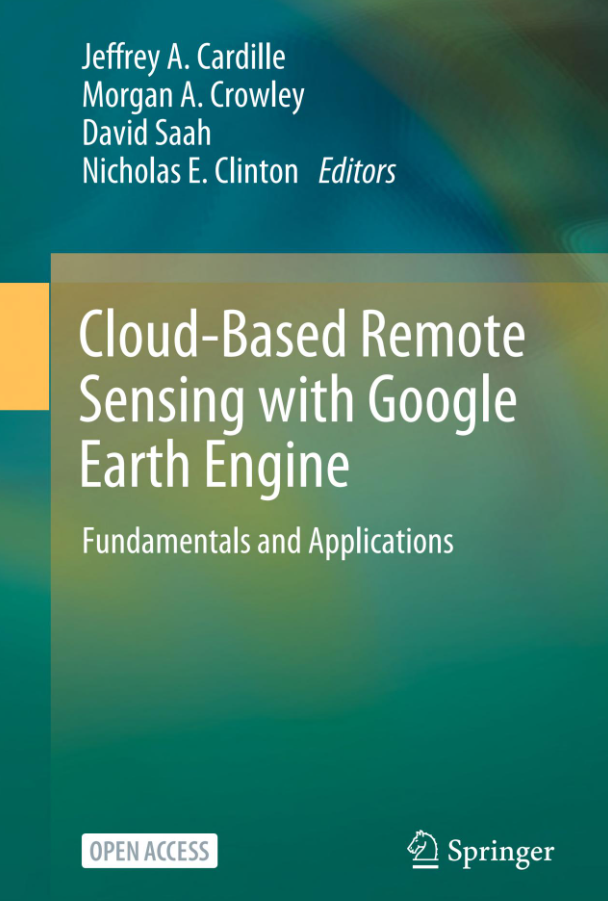 Souza, C., Tenneson, K., Dilger, J., Wespestad, C., Bullock, E. Forest Degradation and Deforestation. In: Cardille, J.A., Crowley, M.A., Saah, D., Clinton, N.E. (eds) Cloud-Based Remote Sensing with Google Earth Engine. Springer, Cham. Springer, 2024. DOI: https://doi.org/10.1007/978-3-031-26588-4_49
Souza, C., Tenneson, K., Dilger, J., Wespestad, C., Bullock, E. Forest Degradation and Deforestation. In: Cardille, J.A., Crowley, M.A., Saah, D., Clinton, N.E. (eds) Cloud-Based Remote Sensing with Google Earth Engine. Springer, Cham. Springer, 2024. DOI: https://doi.org/10.1007/978-3-031-26588-4_49
Abstract
Tropical forests are being disturbed by deforestation and forest degradation at an unprecedented pace (Hansen et al. in Science 342:850–853, 2013; Bullock et al. in Glob Change Biol 26:2956–2969, 2020). Deforestation completely removes the original forest cover and replaces it with another land cover type, such as pasture or agriculture fields. Generally speaking, forest degradation is a temporary or permanent disturbance, often caused by predatory logging, fires, or forest fragmentation, where the tree loss does not entirely change the land cover type. Forest degradation leads to a more complex environment with a mixture of vegetation, soil, tree trunks and branches, and fire ash. Defining a boundary between deforestation and forest degradation is not straightforward; at the time this chapter was written, there was no universally accepted definition for forest degradation (Aryal et al. in Remote Sens 13:2666, 2021). Furthermore, the signal of forest degradation often disappears within one to two years, making degraded forests spectrally similar to undisturbed forests. Due to these factors, detecting and mapping forest degradation with remotely sensed optical data is more challenging than mapping deforestation.
